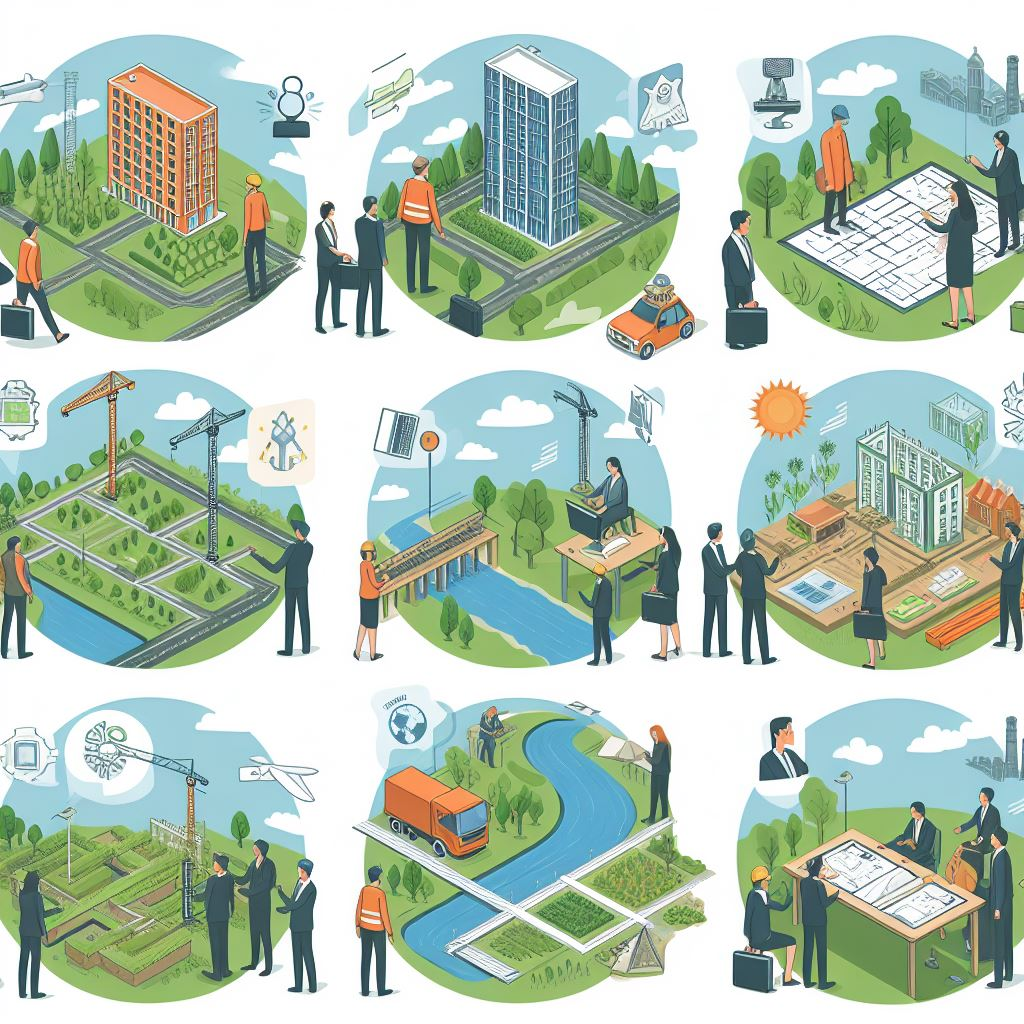Introduction
This article is penned by a seasoned real estate investor with over a decade of experience in diverse real estate portfolios, including the often overlooked raw land investments. The author has seen the ups and downs of the market, navigated through economic recessions, and emerged profitable. Their expertise in raw land investments is backed by successful transactions and a deep understanding of the real estate market dynamics.
Understanding Raw Land Investments
Raw land refers to undeveloped land with no buildings or improvements. It’s a blank canvas that can be used for various purposes, such as agriculture, residential development, or commercial use. Investing in raw land means buying this land with the intention of selling it at a profit in the future. Unlike developed properties, raw land is free from issues like depreciation, structural damage, or tenant problems. It’s a tangible asset that you can see, touch, and use.
Why Raw Land is an Untapped Investment Opportunity
Raw land is often overlooked as an investment opportunity, but it has several advantages. It doesn’t require any construction or maintenance, making it a low-cost investment compared to other real estate options. Moreover, as urban areas continue to expand, the value of raw land can appreciate significantly, providing high potential returns for investors. The demand for land is always increasing, but the supply is finite, creating a favorable situation for landowners.

How to Evaluate Raw Land for Investment
When evaluating raw land for investment, several factors need to be considered. The location of the land is crucial – land in or near expanding urban areas is likely to appreciate more quickly. Zoning restrictions also need to be taken into account, as they determine what the land can be used for. Market trends, such as the demand for housing or commercial space in the area, can also influence the land’s value. Other factors like access to utilities, road connectivity, and environmental factors also play a significant role in determining the land’s worth.
Risks Associated with Raw Land Investments
Like any investment, raw land comes with its own set of risks. These include the lack of utilities, changes in zoning laws, and market volatility. It’s essential for investors to thoroughly research and consider these risks before investing. For instance, a piece of land may seem like a great investment, but if it’s located in a flood-prone area, the value could diminish over time. Similarly, changes in zoning laws could restrict the land’s use, affecting its potential for profit.
Success Stories in Raw Land Investments
There are numerous success stories of profitable raw land investments. For example, investors who bought land in areas that later became popular residential or commercial zones often made significant profits. These stories serve as inspiration for potential investors, showing what’s possible with careful planning and strategic investment. One such story is of an investor who bought a piece of land in a then remote area. Over the years, as the city expanded, the area became a prime residential zone, and the value of the land skyrocketed.
Steps to Your First Raw Land Investment
Ready to make your first raw land investment? Here are some steps to get you started:
- Research: Learn about raw land investments, understand the risks and potential returns, and familiarize yourself with the real estate market trends. Use online resources, attend seminars, or consult with real estate professionals to gain knowledge.
- Identify Potential Land: Look for land in locations with high growth potential. Consider factors like proximity to urban areas, local amenities, and future development plans. Use tools like Google Earth and local property records to aid your search.
- Evaluate the Land: Assess the land’s potential for appreciation. Check zoning restrictions, availability of utilities, and any potential legal issues. Hire professionals like surveyors or environmental consultants if necessary.
- Purchase the Land: Once you’ve found a promising piece of land, negotiate the price and finalize the purchase. Make sure to get a proper title deed and register the land in your name.
- Plan for the Future: Have a clear plan for what you’ll do with the land. Whether you’re holding onto it for appreciation or planning to develop it, having a strategy will help maximize your returns.
Key Points
| Key Point | Description |
|---|---|
| What is Raw Land? | Undeveloped land with no buildings or improvements. |
| Investment Potential | High potential for appreciation, especially in expanding urban areas. |
| Evaluation Criteria | Location, zoning restrictions, market trends, and more. |
| Risks | Lack of utilities, zoning changes, market volatility. |
| Success Stories | Examples of profitable raw land investments. |
Remember, investing in raw land is not without its challenges, but with careful planning and strategic decision-making, it can be a lucrative investment opportunity. Whether you’re a financial advisor, an investment strategist, or a real estate enthusiast, understanding the potential of raw land investments can help diversify your investment portfolio and unlock new opportunities for growth.










